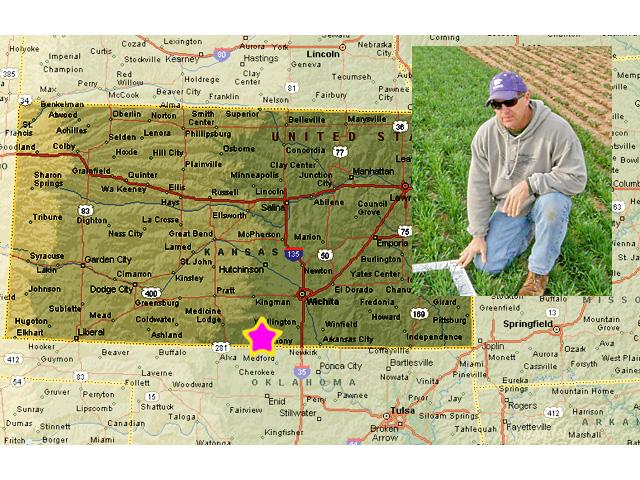Ag Weather Forum
Record Warmth in Great Lakes Fueled Record Early Winter Snow
The meteorological winter season for 2024-25 began on Sunday, Dec. 1, 2024, and featured incredibly heavy snow in towns and cities on the southern and eastern rims of the Great Lakes. "From Nov. 28 through Dec. 8, Cattaraugus, New York, racked up the highest snowfall, totaling over 6 feet. Sites in Pennsylvania, Ohio, and Michigan also saw totals from these two events that reached well over 60 inches," wrote Nicole Collins in a Dec. 11, NOAA climate.gov summary.
In some communities, the snowfall was the most on record. Erie, Pennsylvania, received 22.6 inches of snow just on Friday, Nov. 29, the heaviest one-day snowfall since recordkeeping began in 1893. Sites in Gaylord, Michigan, and Perrysburg, New York, also had record one-day totals of 24.8 inches and 30.6 inches at the end of November.
P[L1] D[0x0] M[300x250] OOP[F] ADUNIT[] T[]
These large snowfall totals are examples of how the lake-effect snow combination works and how very warm lake waters provide more moisture than usual for this phenomenon to go into overdrive. Four of the five Great Lakes -- Michigan, Huron, Erie and Ontario -- had record-high average surface temperatures noted Thursday, Dec. 5, compared to the NOAA Great Lakes Environmental Research Laboratory (GLERL) 30-year satellite record. Lake Superior's temperature at the beginning of winter was not record-warm but was still 3 degrees Fahrenheit above the long-term average. A NOAA Great Lakes temperature review on Monday, Dec. 9 by Gabrielle Farina and Haley Thiem, reviewed by James Kessler, noted the recent fall season of record warmth, combined with the notably warm winter season of 2023-24, led to the record-warm conditions in the Great Lakes. This is not a new occurrence; Great Lakes water temperatures have been warming over the past 30 years. When the lakes are warmer, the temperature difference increases between the water and air, which encourages more lake-effect snow when conditions are right.
The effect on soil moisture for the Eastern Corn Belt from the heavy snows appears to be limited. "Certainly, we put more moisture on the surface that is probably not frozen in many areas," USDA Midwest Climate Hub Director Dennis Todey told DTN in an email. He also noted the lake-effect snow areas are not large row-crop producers.
Lake-effect snow prospects will likely remain high during the balance of the winter season. The North American Ice Service, a combined U.S.-Canada project, calls for ice conditions this winter to be below normal on Superior, Michigan, Huron and Erie, with only Lake Ontario forecast to have near-normal ice conditions.
More details on the record Great Lakes snow to start this winter season are available here: https://www.climate.gov/…
The full ice outlook for the Great Lakes is available here: https://usicecenter.gov/…
Bryce Anderson can be reached at bryce.anderson@dtn.com
(c) Copyright 2024 DTN, LLC. All rights reserved.






Comments
To comment, please Log In or Join our Community .